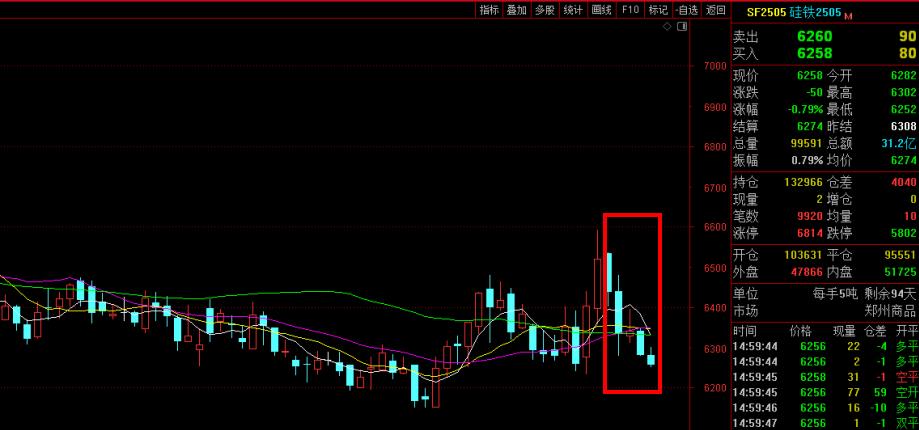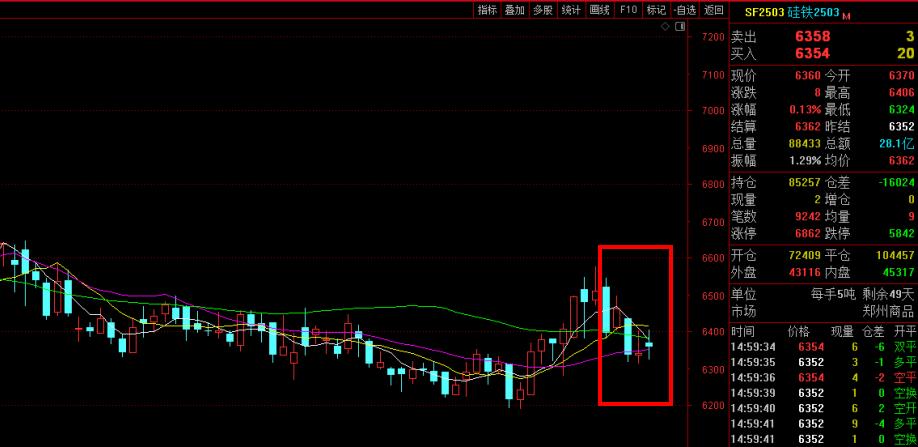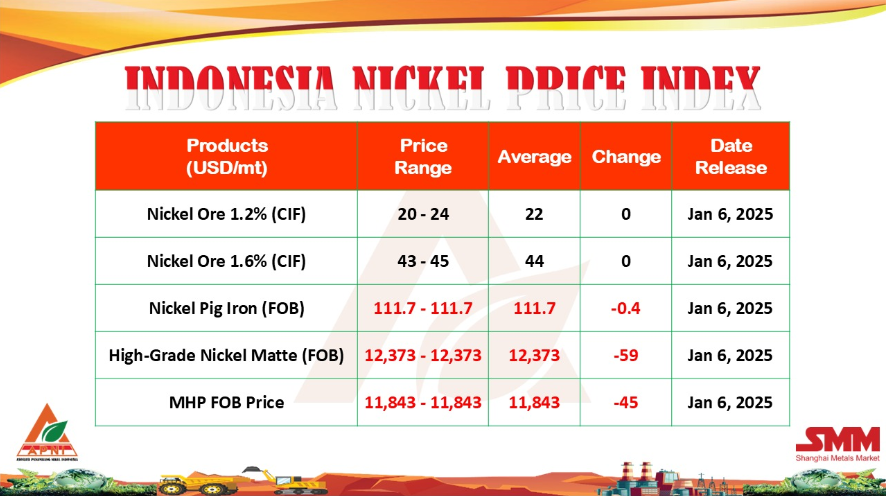[Ferro-Alloys.com]The provisions in the Mines and Minerals Development and Regulation (MMDR) Amendment Ordinance, 2015 for mines lease auction will take several years to implement because of cumbersome rules and procedures, said steel and mines secretary of Odisha government.
“The draft rules issued under the MMDR ordinance says, we have to first assess the quantum of mineral deposits upto G-1 level before putting the reserves for auction. Mineral deposits in none of the mines in Odisha has been measured upto G-1 level and right now we do not have the technology or equipment to undertake this task which needs much deeper drilling. So it will take atleast 3 to 4 years or may be more to meet the criteria before putting the mines up for auction,” said RK Sharma, secretary, state steel and mines department, at the third edtition of the Mineral and Metals Odisha Conclave, organised by the Indian Chamber of Commerce (ICC) here.
“Even in case of determined, surrendered or lapsed leases (which were functonal earlier), we have to wait for more than a year before putting them on the block because the procedural requirement to assess the exact mineral content left in these mines is applicable for them,” he added.
MMDR ordinance says the state governments can auction those leases where proof of mineral deposit content has been established. However, mineral exploration has been too slow in the country. For example, Odisha, which has about a third of India’s iron ore, half of bauxite and nearly all of chromite, has been able to explore only 13 per cent each in case of iron ore and chrome ore, while for bauxite the rate of exploitation has been only three per cent of total reserve, according state government data released last year.
Discovery of mineral content is necessary because it will determine the valuation of the leases, which will be apportioned to the treasury of respective state governments. Therefore, all the state governments will double check before putting the leases for auction and hence, the delays are bound to happen, the officials said. “Since the money will come to the state exchequer depending upon the deposits, no state government will take the risk to auction the reserves without proper assessment. The exploration processes are lengthy one and can not be done immediately,” said Deepak Mohanty, director of mines with Odisha government at the event.
However, the state government has sent suggestions to relax some of the procedures of auction.
“So far we have G2 (probable) level exploration in some iron ore and bauxite deposit areas as indicated by the Geographical Survey of India. We have requested the Union government to allow us the permission to auction G2 leases along with G1 (proved) leases,” added Mohanty.
Apart from exploration of new mineral reserves, the state government is taking steps to reopen 102 mines, mostly iron ore deposits, which have been shut down since 2009 when the crackdown on illegal mining took place.
These mines were shut for want of forest and environment clearances. The state government will examine which mines can be allowed to operate and which lease can be cancelled and put up for auction.
On the reopening of 18 iron ore mines which were shut down on Supreme Court order last year, Mohanty said, the cases are pending with the High Court and the apex court in this regard and necessary steps will be taken after proper legal consultation. The Supreme Court had shut down 26 iron ore and manganese ore mines, which were running on deemed lease extension after the expiry of their stipulated lease period and asked the state government to take a call on their lease renewal. While the state government had allowed 8 of these mines to reopen through an express order, 18 mines are still closed.
“We have to reopen the mines, but we must take care that the laws of the land must be respected and followed,” said mines secretary Sharma.
Copyright © 2013 Ferro-Alloys.Com. All Rights Reserved. Without permission, any unit and individual shall not copy or reprint!
- [Editor:sunzhichao]



 Save
Save Print
Print Daily News
Daily News Research
Research Magazine
Magazine Company Database
Company Database Customized Database
Customized Database Conferences
Conferences Advertisement
Advertisement Trade
Trade














 Online inquiry
Online inquiry Contact
Contact

Tell Us What You Think